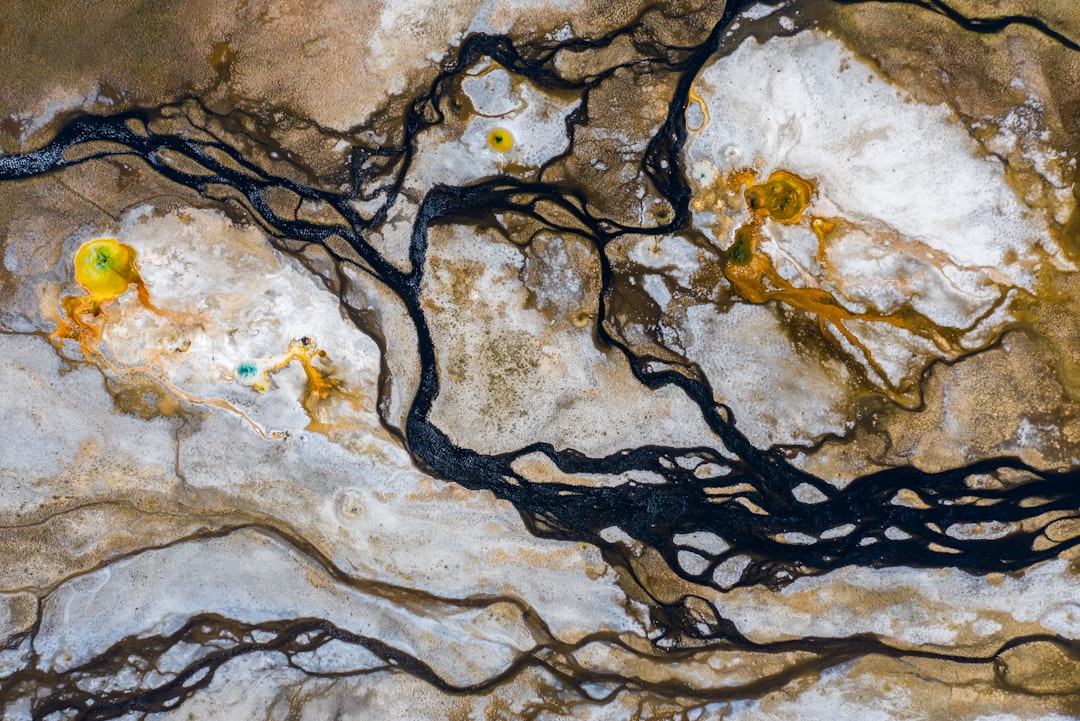What is it about?
Seismic interpretation is an important process that helps us locate and understand geological formations deep beneath the Earth's surface. To do this, experts traditionally have to manually examine many seismic images, which is very time-consuming. While we have lots of seismic images that haven't been labeled, we don't have enough labeled ones. To solve this problem, we came up with a way: semi-supervised learning to use the unlabeled seismic images to help us learn more about the labeled ones. We also used data augmentation to make our predictions more accurate. We compared our semi-supervised method with a fully supervised method and found that our method performs better with few labeled images. We also came up with an active learning framework to identify the most important images to label so we can use our time and resources more effectively. By doing this, we can help geophysicists save time and still get accurate results.
Featured Image

Photo by Jan Brennenstuhl on Unsplash
Read the Original
This page is a summary of: Semi-supervised semantic segmentation for seismic interpretation, Geophysics, February 2023, Society of Exploration Geophysicists,
DOI: 10.1190/geo2021-0365.1.
You can read the full text:
Resources
Contributors
The following have contributed to this page










